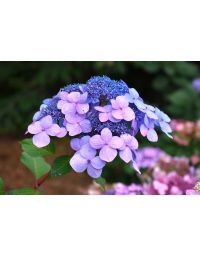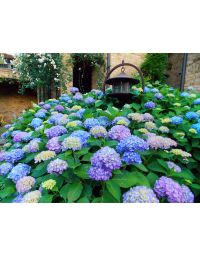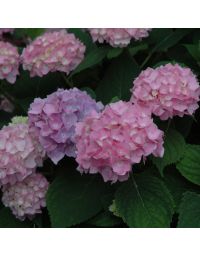Endless Summer Hydrangea is a Hydrangea macrophylla that was discovered by Vern Black of Bailey Nurseries in 1983. After many scientific research and trials, Endless Summer was introduced to the public in 2004. The Original Endless Summer® revolutionized the hydrangea world. It had the game-changing capacity to produce flowers on new growth as well as old wood. The genetic trait,which allows for repeat blooms, has become the holy grail for hydrangea breeders. Endless Summer® continues to lead the industry with ever-better genetics and exciting new introductions.
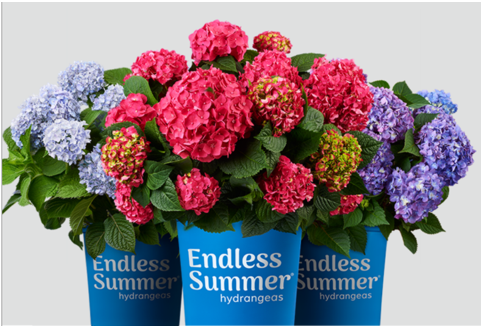
Characteristics:
- As with all hydrangea, their color is affected by the pH of the soil it’s planted in.
- Alkaline soils deliver pink flowers, acidic soils deliver blue flowers. To learn how to amend the soil go to our article “Hydrangeas - Pink or Blue”.
- Flower size is 4 to 6 inches across under garden conditions, and up to 8" in diameter on vigorous container plants.
- The most unique characteristic of Endless Summer is its ability to bloom on old AND new wood.
- If the new emerging growth is cut back to half, the amount of bloom is significantly increased.
- Removing spent blooms will allow for repeat blooming from June until frost in Minnesota.
- Mature plant size is 3 to 5 feet in width and height.
- The leaves offer great fall color too.
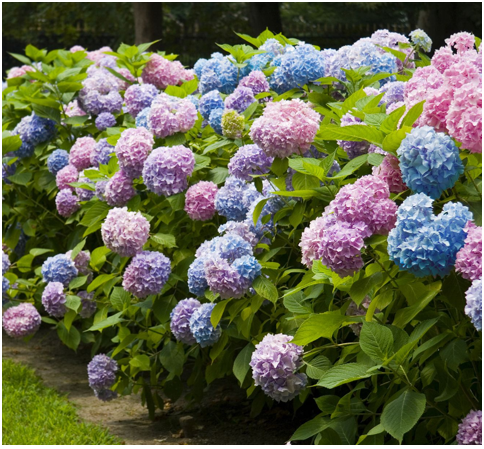
The original Endless Summer hydrangea
Planting
- For our northern climate, plant endless hydrangeas in an area that allows for full morning sunlight and subtle shade in the afternoon.
- Check the soil pH and choose if you want to amend the soil.
- Dig the hole twice as wide as the container it comes in but only as deep as it is in the container.
- Place your plant and backfill with amended soil.
- Add a plant starter on top of the soil around the outer edges of the plants, this is so the roots grow away from the plant.
- Water well.
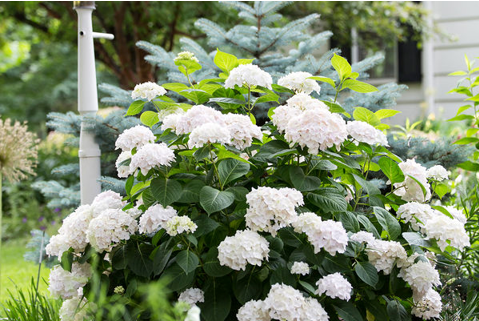
‘Blushing Bride’
Care
- Be patient, Endless Summer is slow to break dormancy. Depending on when the soil warms up, it could be as late as early to mid-June. And then you may only get growth from the base of the plant coming up from the soil.
- Once you see growth, you can cut the dead branches back to the new green growth.
- This is the time to apply fertilizer and Aluminum Sulphate for blue flowers.
- You should see some signs of blooms by the middle of July.
- Stop fertilizing in mid-August so the shrubs can begin going dormant.
- Keep the soil moist until the ground freezes.
- Cut the shrubs back to around 8-12".
- Winterize with leaves, straw or other similar material.
- Do not cover the plant until it is full dormant, usually around the end of November.
- A simple method is to fill a plastic garbage bag with leaves then gently set it on top of the plant.
- When the ground thaws in spring remove the bag and there is no mess to clean up.
The experts at Gertens are always available to answer your questions!

